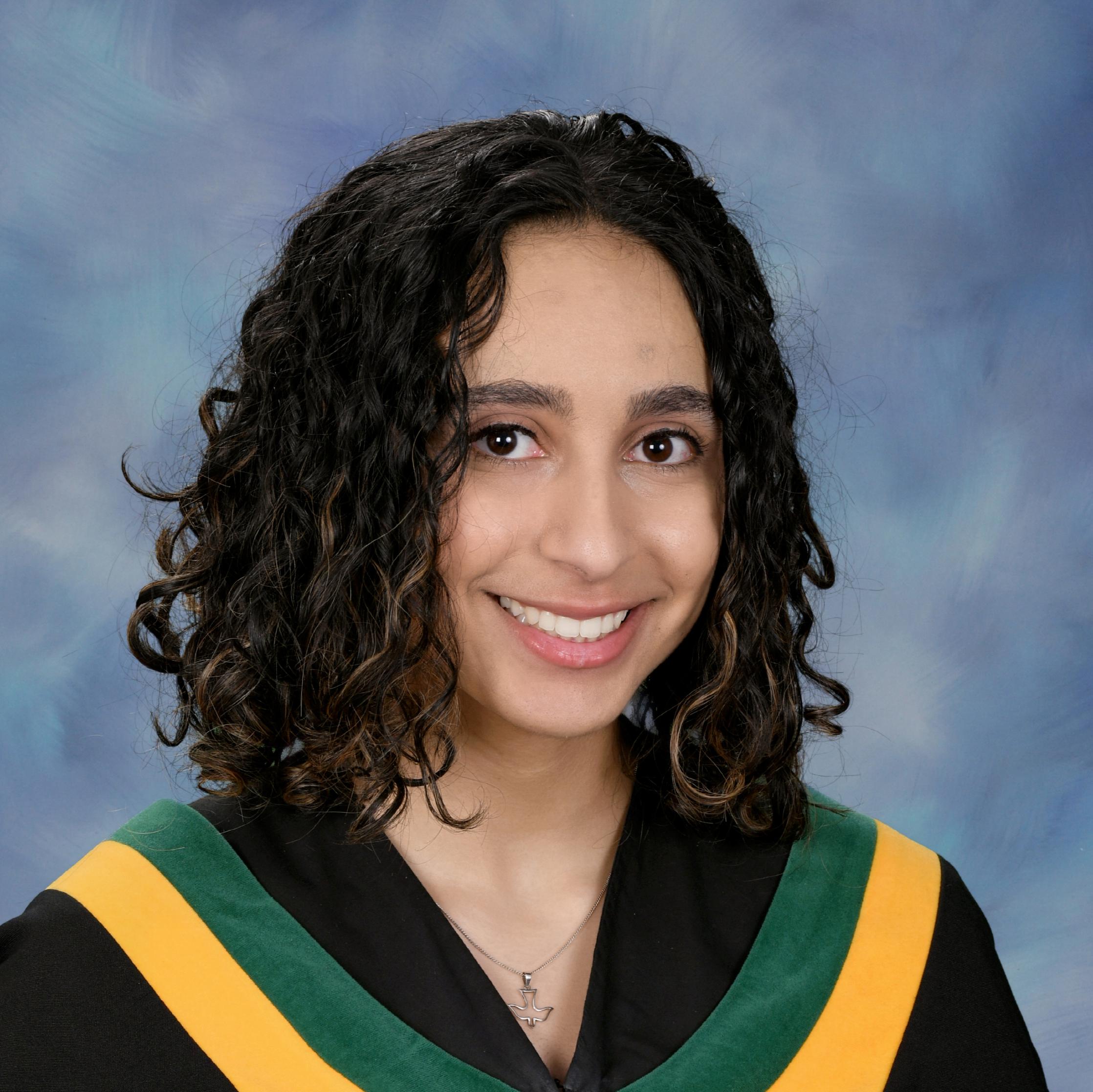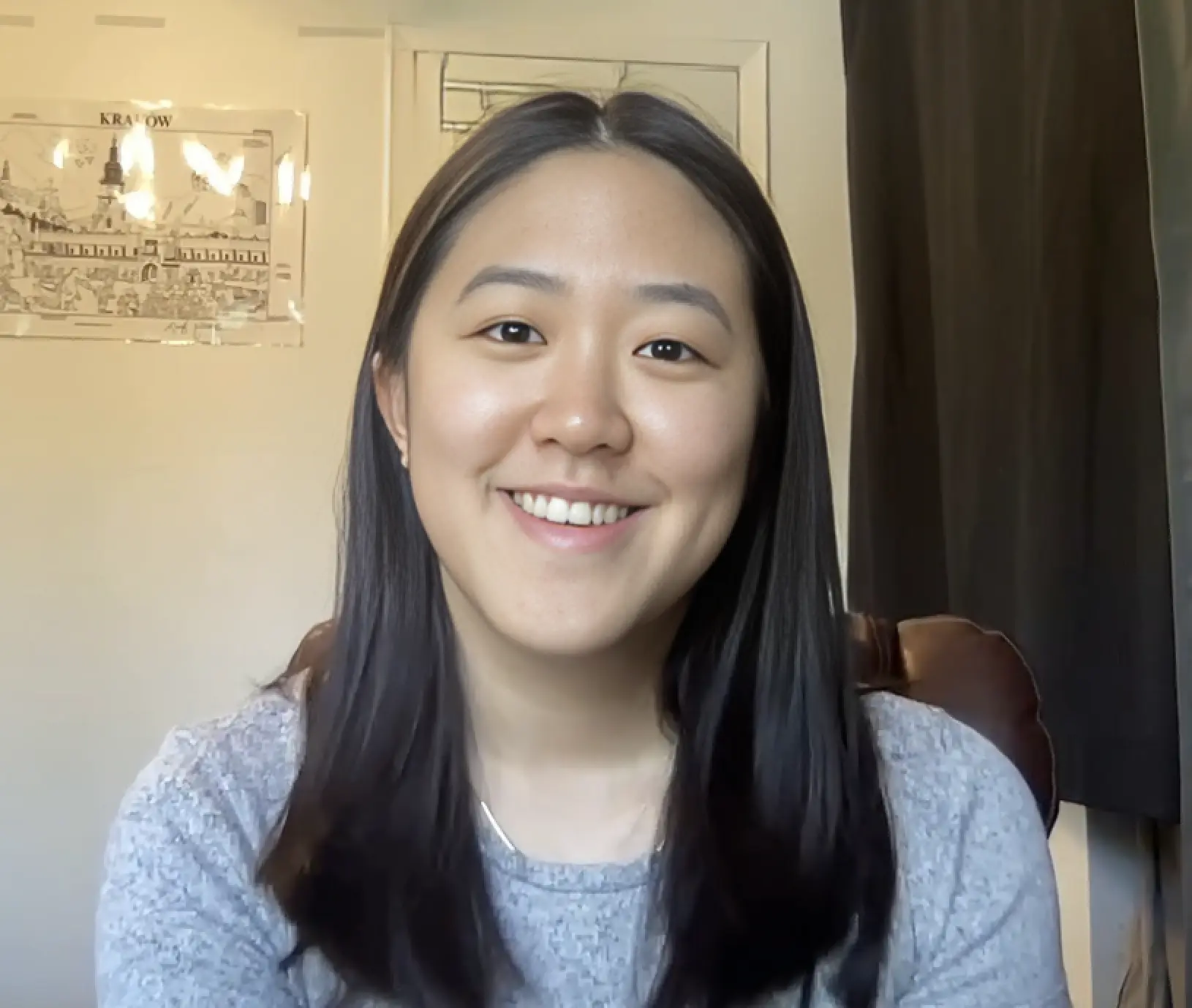Taking notes in university is a crucial skill that can greatly impact your academic success.
Effective note-taking helps you retain information, understand complex topics, and prepare for exams.
Whether you’re in a large lecture hall or a small seminar, having a solid strategy for capturing essential information is vital.

Various methods can help you organize your notes efficiently, such as the Cornell Method, which divides your page into sections for main points, questions, and summaries.
Techniques like underlining and using capital letters can highlight key points, making it easier to review your notes later.
The outline method is another popular approach that helps structure information hierarchically for better comprehension.
Equally important is what happens after the lecture. Taking time to review and enhance your notes improves retention and provides clarity on any uncertain points.
Engaging with your notes regularly transforms your note-taking process into a powerful study tool, ensuring that you're well-prepared for any test.
Key Takeaways
- Effective note-taking helps retain and understand information.
- Different note-taking methods can organize your notes efficiently.
- Reviewing and enhancing notes post-lecture boosts retention and clarity.
Preparing for Note-Taking
Effective note-taking starts with proper preparation. By selecting the right tools and understanding the structure of your lectures, you can significantly improve your ability to capture and retain information.
Choosing the Right Tools and Technology
Selecting the appropriate tools is crucial.
Digital tools like tablets and laptops can be more efficient for many students. Apps like Notion and Evernote enable you to organize, tag, and search your notes quickly.
Always ensure your device is fully charged and have a backup plan, such as pens and notebooks, in case of technical issues. Use bullet points, tables, and highlights to make your notes more organized.
If you prefer handwritten notes, invest in quality notebooks and pens. Consider using different colored pens to differentiate between topics and subtopics. Digital pens like the Apple Pencil can bridge the gap between digital and traditional note-taking.
Understanding the Lecture Structure
Before the lecture, review the syllabus and any provided materials to understand the upcoming topic. This preparation helps you anticipate what will be discussed and enables you to focus on the most critical points.
Identify key terms and concepts that are likely to be covered. This understanding allows you to create a framework for your notes.
During the lecture, be attentive to instructors' cues, such as pauses or emphasis, which often indicate important information.
If possible, obtain lecture slides in advance. This allows you to annotate directly on them, saving time and effort during the lecture. Adapting to different teaching styles and structures will enhance your note-taking effectiveness.
Note-Taking Methods
Effective note-taking can significantly improve your learning and retention. This section will discuss several established techniques, detailing their specific features and best use cases.
The Outline Method
The Outline Method structures your notes in a hierarchical format. You begin with general topics and break them down into subtopics using indents.
- Main topics: Use Roman numerals (I, II, III)
- Subtopics: Use capital letters (A, B, C)
- Details: Use numbers (1, 2, 3), and further indent for more details.
This method works well for organized lectures with clear structure. It's particularly useful for subjects with a lot of information, making it easier to identify relationships between ideas. You can quickly revise main points and subpoints during study sessions.
The Cornell Method
The Cornell Method involves dividing your paper into three sections: notes, cues, and a summary.
- Notes Section: Jot down main points during class.
- Cues Section: Add questions or keywords later to trigger recall.
- Summary Section: Write a brief summary of the notes at the bottom.
This Cornell note-taking method enhances retention and review efficiency. By separating main points from cues and summaries, you engage with the material multiple times, reinforcing your understanding.
The Mapping Method
The Mapping Method uses visual diagrams to represent information.
- Central idea: Place this in the center.
- Related ideas: Draw branches radiating from the central idea.
- Further details: Use sub-branches for additional layers of information.
This mapping note-taking method is highly visual, making it easier to connect related concepts. Ideal for subjects that benefit from diagrammatic representations, it helps in quick recall and understanding complex structures.
The Charting Method
The Charting Method organizes information into a table format. Columns and rows are used to categorize data.
- Columns: Major categories (e.g., dates, events, impacts).
- Rows: Specific details fitting into each category.
This method is particularly effective for subjects that involve comparing and contrasting, like history or social sciences. By categorizing information neatly, the Charting Method enhances clarity and reduces redundancy, making it easy to scan and review.
The Sentence Method
The Sentence Method involves writing down each new piece of information on a separate line.
- Linear structure: No predefined structure; each sentence stands alone.
- Flexibility: Suitable for fast-paced or information-rich lectures.
Though simple, this technique helps ensure you capture every point made during a lecture. It is particularly helpful when lectures don't follow a clear structure. However, it may require more effort during revision to organize and synthesize the notes.
During the Lecture
To effectively take notes during a lecture, focus on identifying and recording main points while utilizing symbols and abbreviations to keep up with the pace. This approach will enhance your ability to capture essential information quickly and efficiently.
Capturing Key Points
Pay close attention to the lecturer's emphasis on certain topics. These are usually highlighted through repetition or specific cues.
Use keywords to capture main points. Instead of writing full sentences, jot down critical terms, dates, or names. This method ensures that you record the essential parts without losing track of the lecture.
Participate actively. Engaging in questions and discussions can help solidify information in your mind.
When the lecturer uses visual aids, draw quick diagrams to supplement your notes. This visual representation can make complex topics clearer and easier to review later.
Record additional observations in the margin. These might include your reflections or connections to other topics. This approach enriches your notes, making them a valuable resource for studying.
Take brief pauses to review your notes and ensure that you haven't missed important information. This habit can significantly improve your retention and understanding.
Utilizing Symbols and Abbreviations
Using symbols and abbreviations makes your note-taking process more efficient.
Implement common symbols like arrows (→) for cause and effect or asterisks (*) for important points.
Create a consistent set of abbreviations for frequently used terms. For example, "w/o" for without and "e.g." for example. This practice speeds up your writing during fast-paced lectures.
Highlight important points with symbols like exclamation marks (!) or underline them to draw your attention during revisions.
Additionally, use numbering or bullet points for lists to keep information organized and easy to follow.
Practice and refine your system to ensure you quickly understand your notes when reviewing them. Spacing and consistent formatting can greatly improve the readability and usefulness of your notes.
Enhancing Notes Post-Lecture

Enhancing your notes after a lecture involves reviewing the content, identifying key connections, and creating visual aids that can solidify your understanding.
Reviewing and Organizing Content
After a lecture, it's important to review your notes within 1-2 days to reinforce the material in your memory.
Revisiting your notes helps you to correct any mistakes and add any details you may have missed.
Organize your notes by grouping similar ideas together and creating clear headings. This makes the information easier to scan and understand later.
Using tools like bullet points and tables can help visually separate key points and concepts.
Incorporating review techniques such as highlighting and underlining important information can make it easier to locate essential details when you're studying.
Identifying Connections and Relationships
Identifying the connections and relationships between different pieces of information can deepen your understanding of the material.
Look for themes and concepts that recur throughout your notes and draw lines or arrows to show how they are related.
Create summaries for each lecture or section to distill the main points into concise, manageable chunks of information. This helps in identifying overarching themes and linking new information with what you already know.
Concept maps can be highly effective for illustrating relationships between different ideas.
Creating concept maps allows you to see all the related terms and ideas in one visual representation, aiding in better comprehension and recall.
Creating Visual Aids
Visual aids such as diagrams, charts, and timelines can make complex information more digestible.
Translating text into visuals can also help you better remember the information.
Use software or simple drawing tools to create visual representations of the content you've just learned.
For example, Venn diagrams can compare and contrast two concepts, while timelines can help you keep track of chronological events.
Incorporating visual aids into your notes serves as a helpful review tool, especially for visual learners. The act of creating and then reviewing these visual elements can significantly boost your retention and understanding of the lecture material.
Effective Study Habits

Harnessing effective study habits is crucial for retaining key ideas and improving your memory.
Focus on revisiting your lecture notes and employing active recall techniques to solidify your understanding.
Revisiting Lecture Notes
Consistently revisiting your lecture notes helps to reinforce the material.
Right after class, review your notes to fill in any missing details and clarify key ideas. Using different headings and subheadings can organize the information meaningfully.
Rewriting your notes neatly and identifying the core points makes the material easier to digest.
Highlight or underline the most critical sections. Summarize these sections in your own words to deepen your understanding.
Using the Cornell Method can be particularly effective. Divide your page into two columns: one for main points and another for cues or questions. A summary at the bottom consolidates the most essential information, making future review sessions more productive.
Employing Active Recall
Active recall involves testing your memory by retrieving information without looking at your notes. This technique strengthens your ability to remember details over the long term.
Create flashcards with questions on one side and answers on the other. Regularly testing yourself with these can significantly improve your memory retention.
Writing down everything you can remember from a lecture or study session without looking at your notes can also be an effective method. This practice highlights areas that need more focus.
Another powerful strategy is to explain the material to someone else or even to yourself.
Teaching forces you to process and reframe the information in a way that is understandable, which can greatly enhance your mastery of the subject matter.







































































